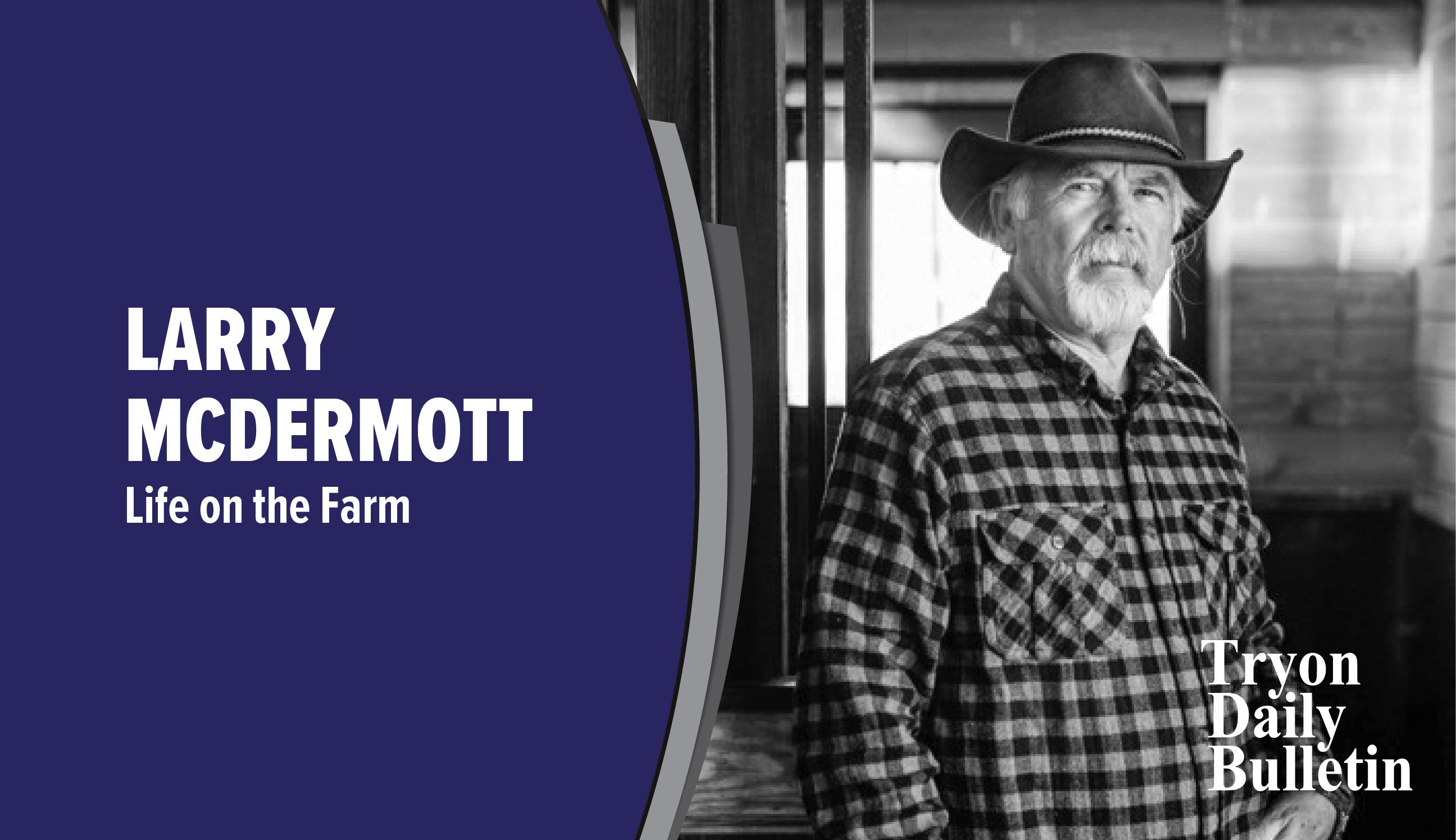Habitatscaping: A new way of looking outdoors
Published 12:14 pm Friday, July 12, 2024
|
Getting your Trinity Audio player ready...
|
Why are simple things so difficult to embrace?
Our fondness for the old “that’s how we’ve always done it” or “that’s the way we do it here” is tick-tight. Thank goodness there are a few people who are always willing to lean into that resistance to change.
Take how we decide what to plant in our garden, yards, along roadsides or wherever roots might take hold. Some folks, probably most, put things in soil for eye candy. If its blooms are vibrant, they feel that’s the way things were meant to be. Their mantra: if grass grows, it must be watered, fertilized and mowed. If a tree is planted, they feel the job isn’t complete until they have mounded up soil and mulch a foot high around it.
This is all about doing what always has been done without considering that we have learned some things over the years that can make a difference. Just because it looks good doesn’t mean it is.
Just one example: We now know that while mounding up around a newly planted tree looks good, it actually is bad because roots can grow up into the mulch, creating stem-girdling roots that shorten the tree’s life. Still, we do it probably because some “landscaper” started doing it years ago, and other landscapers copied it and, using today’s vernacular, it “went viral.”
Anybody can call themselves a landscaper or become a master gardener. To find a good one, however, you have to be willing to investigate, interview and think critically. That, of course, takes some time and effort, a price many are unwilling to pay.
I always slow down to admire front-of-the-house gardens that have no grass to mow. They speak to me of people who are strong and bold, willing to put sheeply convention aside and let their hair down so to speak, sharing with me their creativity with a palette of seeds and dirt.
The true artists and masters of our outdoor spaces today are habitatscapers. They are the people who see the painting before it begins and take into consideration how it will make a contribution to all life rather than be someone’s eye candy.
I wish I were clever enough to have thought of the word habitatscaping or smart enough to see the future of the speck of ground we occupy here and act accordingly. No, that word was actually created by Corrie Woods of Tryon while she had her Gardening for Life Project thinking cap on. Some say she never takes it off.
Habitatscaping is a good, even critical, new word. It says so much in so little space. Plan and plant for our future. Consider wildlife and pollinators. Select native plants. Remove invasives. Plant ground covers for erosion control. Select a variety of trees and canopies. Use natural mulch. Leave the leaves where they fall. That’s how nature works. Nurture creatures of the night by turning off outside lights. (For more detail, go to the new Habitatscaping tab at www.gardeningforlifeproject.org)
Think of habitatscaping as humans nesting. Build with a variety of materials to keep the next generation strong and healthy in a balanced environment and a thriving ecosystem.
Larry McDermott is a local retired farmer/journalist. Reach him at hardscrabblehollow@gmail.com



